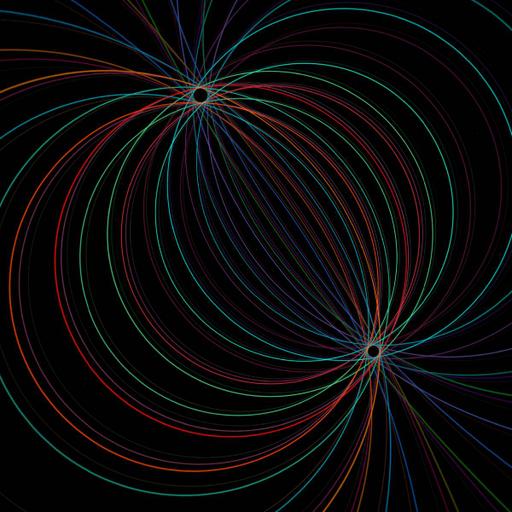String Theory
Presentations | English
What is String Theory? In physics, string theory is a theoretical framework in which the point-like particles of particle physics are replaced by one-dimensional objects called strings. String theory describes how these strings propagate through space and interact with each other. Leonard Susskind, a physicist at Stanford University, is the founding father of string theory. String theory is one of the proposed methods for producing a theory of everything, a model that describes all known particles and forces and that would supersede the Standard Model of physics, which can explain everything except gravity. The basic idea behind all string theories is that the fundamental constituents of reality are strings of extremely small scale which vibrate at specific resonant frequencies. Thus, any particle should be thought of as a tiny vibrating object, rather than as a point. String theory was originally invented and explored during the late 1960s and early 1970s, to explain some peculiarities of the behavior of hadrons. String theory has so far failed to live up to its promise as a way to unite gravity and quantum mechanics. At the same time, it has blossomed into one of the most useful sets of tools in science.

16.50
Lumens
PPTX (33 Slides)
String Theory
Presentations | English
